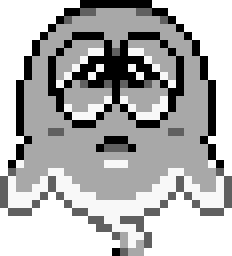Developer: Dinosaur Polo Club
Publisher: Dinosaur Polo Club
Release: 2014
Platform: PC (played), iOS, Android
Genre: Strategy
At times Mini Metro looks/sounds too trippy for such a
mundane RTS premise; but even if it occasionally fails communicating so, it
deals with good old solid numbers—little angry ant-like symbols accounting for citizens
of the biggest cities in the world, but still solid numbers nevertheless.
Same goes for the minimalist overall approach: simple,
touch-friendly controls and geometric shapes as tokens for stations—as much as levels'
gentle starts—can hide
its potential to quickly escalate to overwhelm a player.
 |
| Screenshots never do it justice, but they're still pretty to look at. |
It's true that many of the game's tough moments stem
from the roll of a dice instead of some particularly thoughtful decision—stations (and
resources needed to integrate 'em) pop randomly, and the player may end up with
useless extra lines while waiting for a tunnel that never comes, for instance;
but Mini Metro succeeds in hinting at tackling modern, everyday issues in an
absorbing, slick way.


























